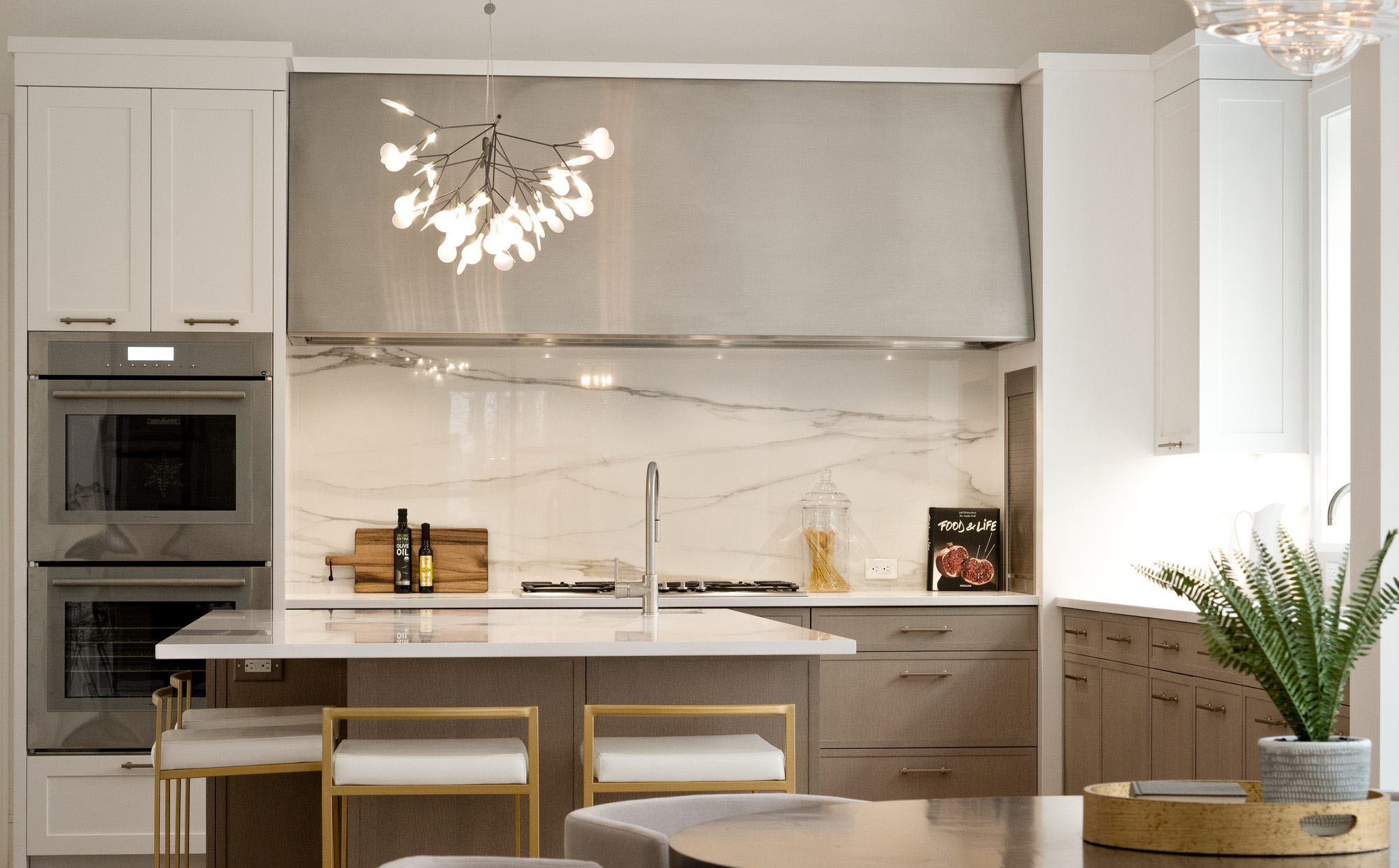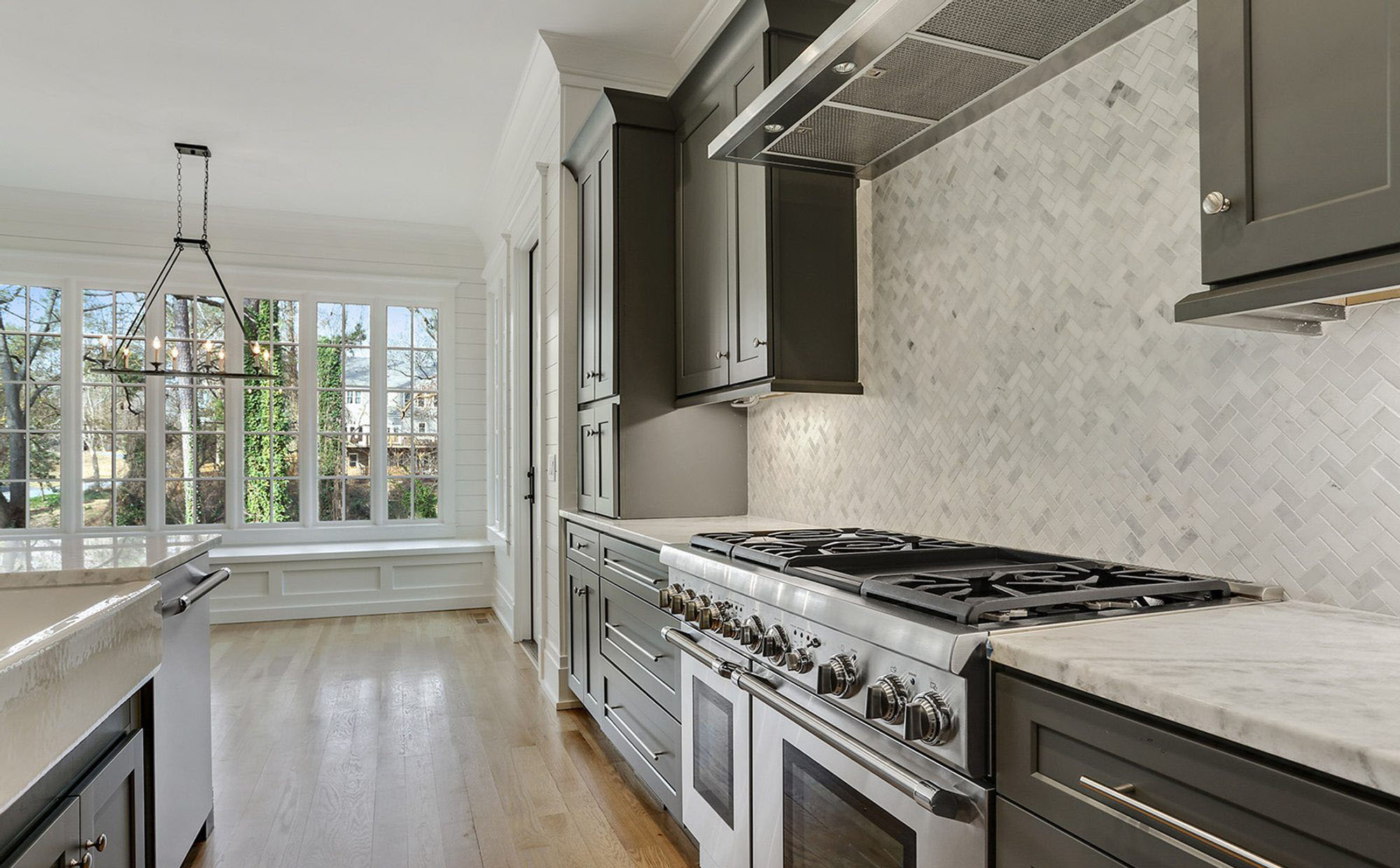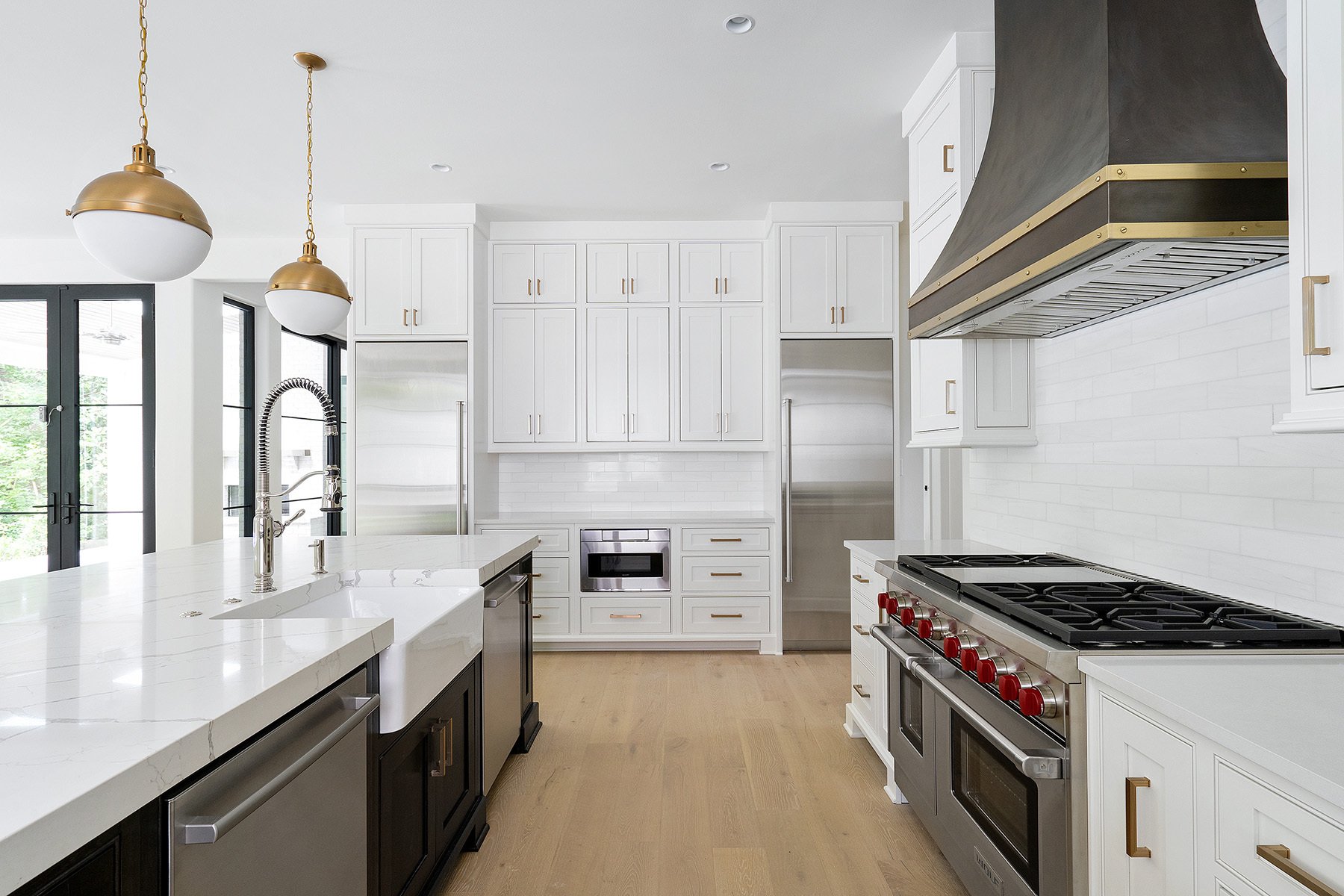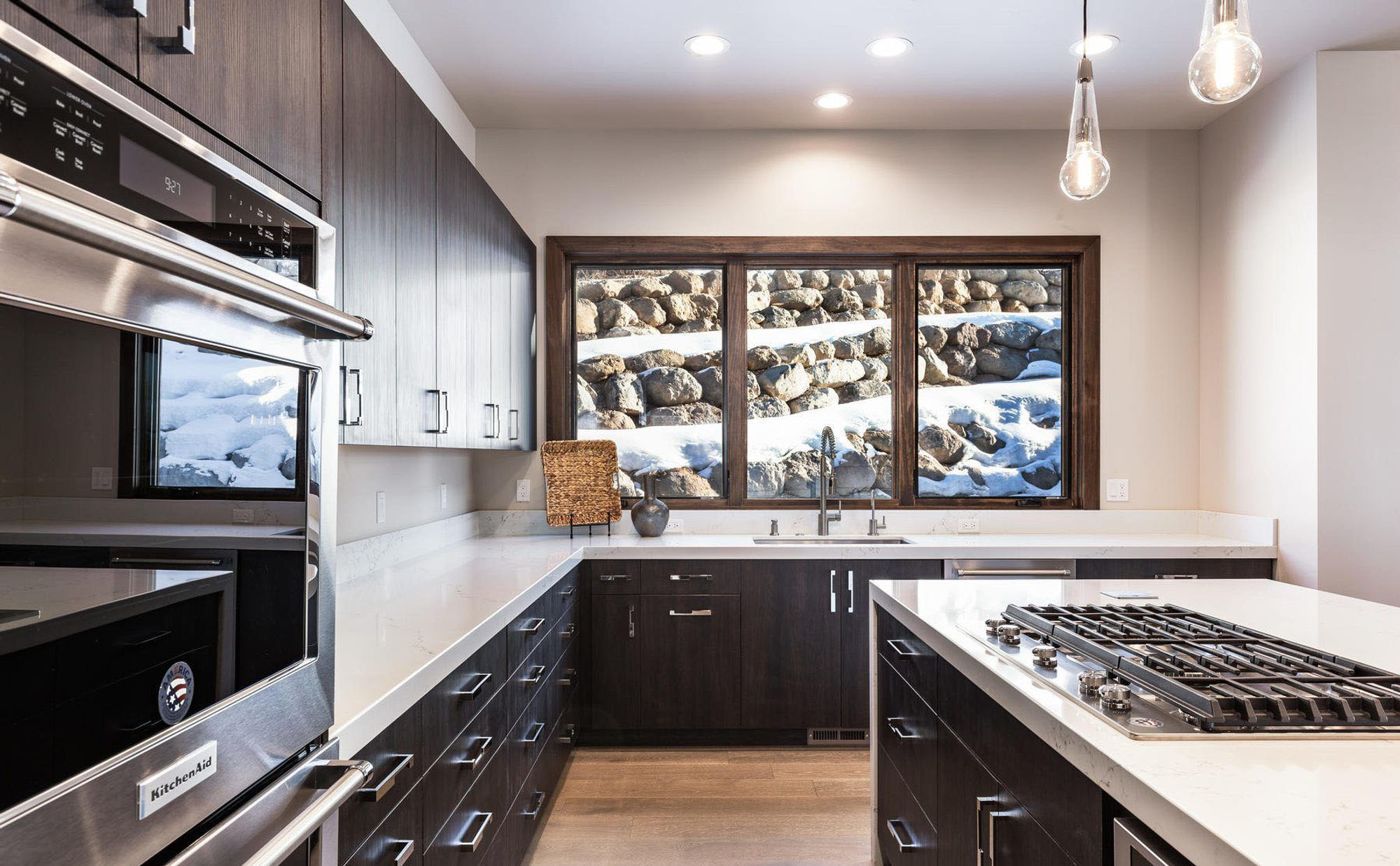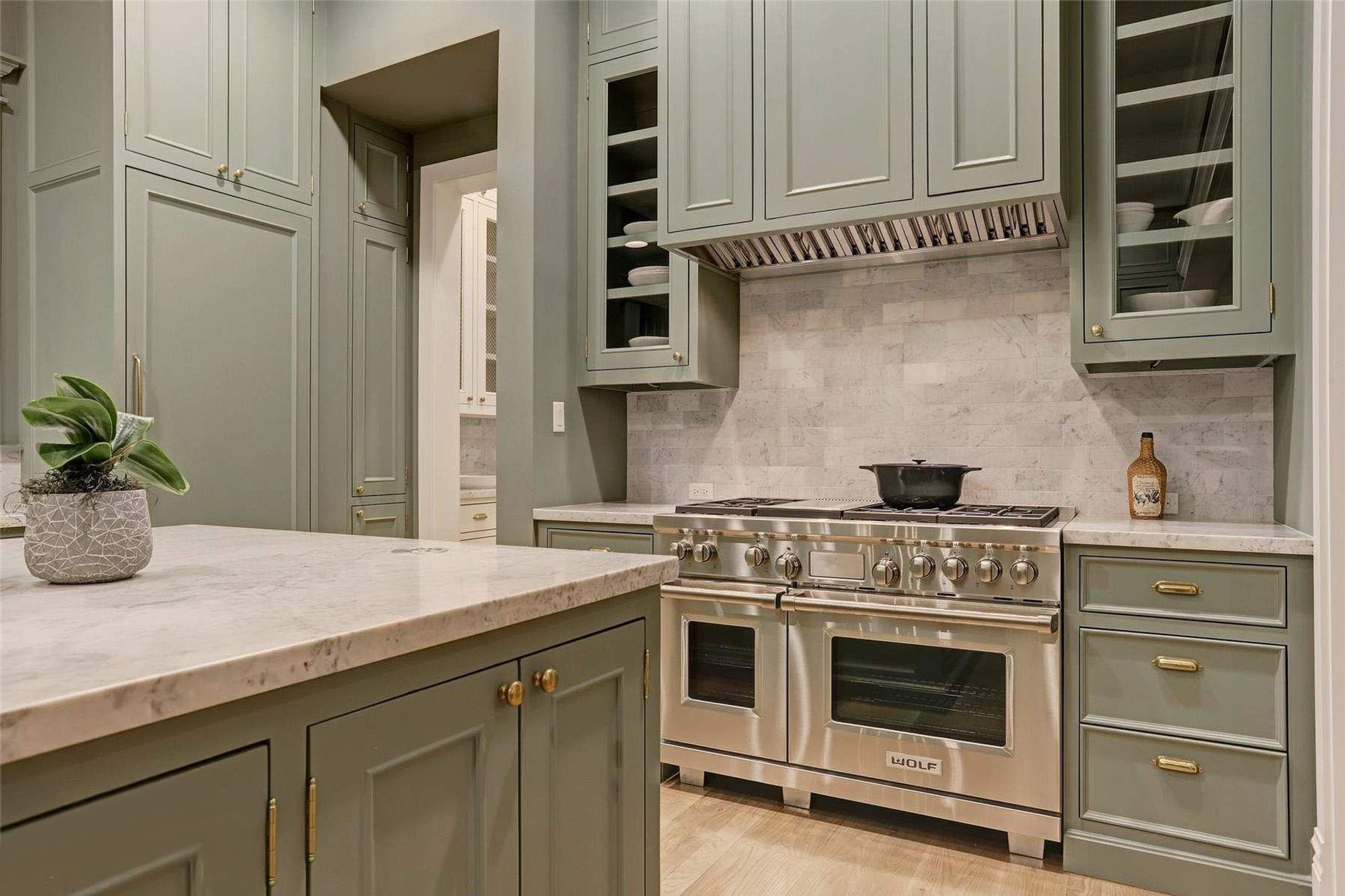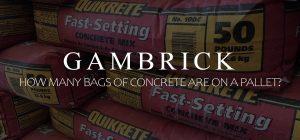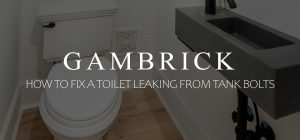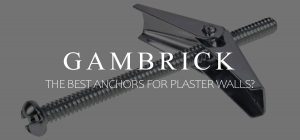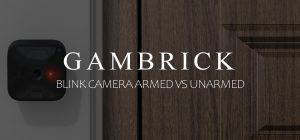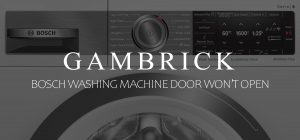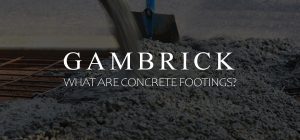What’s A Convection Oven
If your in the market for a new oven then you may have noticed all the convection ovens for sale these days. And if your like most of our clients you’ve probably asked yourself some questions like, what’s a convection oven? How do they work? What do they do? Are they different from an old fashioned conventional oven and which is better? In this article we’ll answer all those questions and more.
Convection ovens may look like a standard oven from the outside, but inside they work completely different. Convection ovens have a fan and exhaust system that circulates hot air over and around the food which reduces hot and cold spots. As a result, hot air is constantly surrounding the food which makes it cook faster and more evenly. The circulating hot air also helps reduce moisture inside the oven to help food get crispy on the outside and juicy on the inside. Convection ovens are powered by electricity instead which is a much better heat source for baking. It comes on faster, maintains a consistent heat better and is easier to regulate to an exact temperature. Most high end range manufacturers offer dual fuel ranges which are a gas stove top and convection oven to take advantage of these benefits.
Read ahead to learn everything you need to know about convection ovens.
Beautiful Modern style kitchen with a built in stainless steel convection oven.
Convection Settings
Most convection ovens these days have a setting that switches the oven from convection to conventional. The difference is in the circulating air.
When you turn on your convection oven the fans and exhaust system turn on and hot air starts to circulate around the food. Air flow is a good thing because it creates a consistent and even temperature around the food. Commercial ovens have had this feature built in for years but it was much slower to arrive in home ovens.
When the convection setting is turned off so are the fans and exhaust. The oven becomes standard which means it’s heat is static without any circulation. This means possible cooler spots within the oven, slower cook times and uneven cooking. In most traditional ovens the food nearest to the heating element cooks the fastest while food far away cooks slower. Convection ovens solve this problem.
Convection ovens circulate a constant supply of hot air all around the food. Top, bottom and both sides. This creates a much more consistent and even cooking temperature. For some things convection isn’t a huge difference but when your cooking food that requires a precise and even temperature it’s a huge benefit.
There are also bake settings in most ovens that are great if you like to bake. Blowing hot air on some delicate baked goods can have bad results but the bake settings fix this by adjusting the fan speed. When your baking air circulates much slower, you get the same even and precise temperature but less force.
How Conventional Ovens Work
If your going to understand how a convection ovens works then you need to know some basics about ovens in general.
A conventional oven typically has two heating elements that heat the air inside the oven to cook food. Gas ovens use fire to heat the air but the fire itself doesn’t cook the food, the hot air does.
The lower heating element of the oven is used for most cooking and baking, while the top heating element is mostly used for broiling. The problem with this design is that the dish closest to the active heating element cooks the fastest which is why old fashioned ovens are notorious for uneven cooking and cool spots. Since a traditional oven doesn’t have a convection fan to circulate hot air the temperature inside the oven can vary. This variation causes food to cook faster or slower depending on where it is in the oven. This traditional oven design works fine but it’s not very precise or even. And it’s definitely not the best option if you plan on doing some high end baking.
Most recipes are written for conventional ovens since that’s what people have been using for decades. If you switch to convection you’ll need to adjust the time and temperature in your recipe to account for hot air circulation and faster more even cook times.
So which oven is better? Definitely the convection oven. No serious cook I’ve ever met prefers the old fashioned conventional style oven.
Convection Ovens Cook Faster
Serious cooks like convection ovens better than traditional ovens because they not only cook food more evenly, but they cook it about 25 percent faster.This is due to the circulating air, faster heat up time and even temperature.
If you were used to cooking in a conventional oven and are just starting with a convection oven, you’ll need to adjust your recipes for the difference. I recommend that you check your food in the oven about 10 minutes sooner than normal.
Another benefit is how quickly convection ovens get to temperature. They don’t need to preheat like conventional ovens do. Just turn them to the temperature you want and put the food in. It’s much easier and saves a lot of time.
Viking range with dual fuel design.
Dual Fuel Ranges
Because of how great convection ovens are for baking most high end commercial range manufacturers are offering a dual fuel option. This is a combination gas powered stove top with an electric convection oven. With a dual fuel range you get the best of both worlds with only a few drawbacks.
- Dual Fuel is more expensive. These ranges are not only made to run on gas but also need an electric power and circulation system. All this means your going to have to shell out some serious money. Wolf, Viking and Jenn Air all make a great duel fuel range.
- With all that power comes a 220v outlet requirement. Most older homes only have the 110v that powers a standard oven so if you don’t have one then you’ll have to run the line.
- Weight. These things are seriously heavy. If you’ve never installed or moved a commercial style range then be prepared. Your gonna need some help.
Most of these ranges have very high BTU burners which are excellent. But it’s all really about the convection oven. The settings are great, the temperature is consistent and even, they heat quickly and you have more control over the temperature.
For some things that’s not an issue since most recipes I cook just say around 350 degrees. But if your a baker and the recipe says 415 degrees exactly, you’ll be able to do it.
Convection vs. Conventional. Which Type Of Oven Is Best?
Both oven designs work fine and have their strong points and which is better depends on what you’ll be using it for. Here are some of the main benefits of each:
The Benefits Of Convection Ovens
- Even baking and steady heat
- More temperature control and precision
- Improved browning, crisping and roasting
- Faster preheating
- Better for cooking multiple dishes at once
- Less moisture inside the oven
The Benefits Of Conventional Ovens
- It’s what most people are used to
- Recipes are generally written for conventional ovens
- Cheaper than a convection oven
- Doesn’t require as much power
If your a regular homeowner that occasionally cooks or bakes something in the oven then a conventional oven will be fine. It’s what home cooks have been using for over a century and just about every recipe is written with a standard oven design in mind.
On the other hand if you want more precision and better controls, less cook times, and a consistent temperature then a convection oven is the way to go. Every chef we’ve ever talked to prefers them and for good reason. They’re better for high end cooking. But with that added precision comes a higher price tag that for some just isn’t worth it.
Beautiful luxury kitchen with dual fuel convection oven manufactured by Wolf.
Why Use A Convection Oven?
There are quite a few reasons why you should switch to a convection style oven and they all have to do with superior cooking abilities. If you want to be an at home chef then for some things you need the right equipment.
- Faster Cooking: Because hot air is circulating right around the food instead of just sitting in an uneven ambient temperature, food cooks about 25 percent faster.
- Even Cooking: Regular ovens can have hot and cool spots based on where the heating element is. But the fan in a convection oven circulates the air which helps even out the temperature variations. In a convection oven it doesn’t matter where the heating element is because the hot air is moving.
- Better Crisping: Air in a regular oven can become humid because moisture has no where to go. Convection ovens have a dryer atmosphere because air is flowing. The added dry heat caramelizes sugars faster when roasting so foods like meats and vegetables get browner. All this while the inside stays moist. Crispy on the outside and juicy on the inside. Isn’t that what every chef strives for.
- Energy Savings: Because food cooks faster the oven doesn’t have to be on as long which uses less energy. In the long run it’ll save you money.
When To Use A Convection Oven
There’s a reason most convection ovens have a setting to adjust the fan speeds. Even though they’re fantastic ovens that everyone should have, air circulation isn’t always needed. Here’s a list of times when you’ll want to be turning that convection switch on.
Use the convection setting on your oven for most cooking, roasting and baking, including meats, vegetables, casseroles, cookies, brownies, cakes, breads and pies.
Meats like chicken, pork, beef and turkey can get a delicious crispy outer layer while staying juicy on the inside.
Cookies and brownies bake better because of the more consistent heat and lack of cool and hot spots. Multiple racks are a great option for baking because air can flow through them so easily.
For certain baked goods like cakes, quick breads, custards and other delicate desserts and pastries, use conventional oven settings.
- Roasting: Roasted foods like meats and vegetables benefit a lot from convection cooking. They cook faster, more evenly, and the dry heat makes crispier skin and caramelization happen.
- Pies and Pastries: Convection heat melts fat and creates steam which helps increase lift in pies and pastries like croissants.
- Cookies and Brownies: Convection heat is more consistent throughout the oven so you can bake multiple trays at a time. In my regular oven the tray in the middle cooks the best while the outer trays are uneven. Some cookies by the heater always burn a little. None of that happens with a convection oven.
- Covered Dishes: If you’re covering up the food with a lid or foil then moisture loss isn’t going to be an issue. The lower cooking time is a benefit with zero drawback.
- Toasting: When you toast food the goal is to remove moisture as quickly as possible. A steady flow of hot air is great at doing this.
When To Adjust The Settings
Air flow can become a liability with certain more delicate foods that start out as batter and set while cooking. Blowing air can create a lopsided finished product. When you cook foods like these turn the convection setting off or set it to the appropriate level. Most high end convection ovens have settings specific to these foods. Things like custards, flans, souffles, some cakes and breads do better without the airflow.
Some recipes actually do better with a combination of cooking methods. You can start with regular cooking as the batter sets up and then switch to convection.
Experiment and look up recipes that are specific for convection cooking.
When Not To Use Convection
Don’t use your convection setting for moist, delicate desserts and baked goods. Things like angel food cake, cheesecake, banana bread and flan. For things like this turn the setting off or if you’ve got a dedicated setting for this type of food, make sure to use it.
Modern kitchen with a Kitchen Aid built in convection oven.
Convection Oven Tips For Beginners
If you’ve decided to try out a convection style oven in place of your old traditional one then there are a few more things you should know.
- Lower The Temperature: If your following a recipe or just used to cooking certain dishes by yourself then in general you’ll want to lower the temperature by about 25 degrees. Convection heat is dryer, more consistent and hotter than a standard oven so you’ll need to adjust.
- Check The Food: Because food cooks more quickly in a convection oven you should check on it 3/4 of the way through the bake time until you get used to the oven. If your used to baking those cookies for 20 minutes then check on them in 15 instead.
- Don’t Block Airflow: Convection ovens work by circulating the hot air inside. If you block the airflow with high sided trays or by using lots of foil on the racks the oven won’t perform as well. Keep the air free and flowing for better cooking results.
Convection ovens are such a great way to bake. I’ve never had a single client complaint or regret once they switched. There is a certain learning curve you’ll have to get past because the heat is a little different but once you do your cooking is sure to improve.
Why I Love A Convection Oven
There are so many reasons why I love convection ovens over the old fashioned traditional styles it’s hard to list them all but here’s a few.
#1 No Preheating Required
This may not be that important to some, but for me this single feature is the best thing about using a convection oven. I have a super busy schedule and can’t stand having to wait 15 minutes for my regular stove to get up to temperature. I mean who has that kind of time to just wait around. Kids yelling, I have a million things to do, I’m always rushing around and just want to get something in the oven.
What always happens is that I rush and put the food in early so it cooks as the oven preheats. This of course results on a lot of improperly cooked food. It was always edible but not my best. And you definitely don’t want to eat one of my cakes. Not having to preheat food is such a big load off my mind. I just put it in the oven and start cooking. What could be simpler.
#2 Juicy Crispy Meat
I’ve always wanted to cook a roast that was crispy on the outside and juicy on the inside. Chicken, beef, turkey, I don’t care which. I just want to serve something that’s not over cooked and dry. And I’ve honestly never even come close to doing it with my old traditional oven. But with a convection oven I do it every time. The food just comes out so much better and I really have no idea why. I’m not doing anything different. I put the meat in, follow the recipe and turn the heat to what I’m supposed to for as long as I’m supposed to and it comes out just how I want it.
Now I have an excuse for all that terrible cooking I’ve done in the past. It was all the ovens fault.
#3. Baking
I’ll be honest, I can’t bake. At all. Even my chocolate chip cookies that you get in a tube and put on sheet would come uneven and sometimes burnt. My old oven used to get really hot on one side and not on the other so one rack of cookies would come out under cooked, the middle ones were fine but the cookies in the back right would burn. If I cooked one tray at a time it would take forever.
Now I load up my racks, put them in the oven however I like and everything comes out great. I know I’m still no expert baker but at least I can do it now without burning or cooking things unevenly.
#4. Fish
I never used to cook much fish because it used to come out dry. But I love how it comes out in the convection oven. Maybe it’s just me but there’s something really different about how the convection heat cooks the fish. It’s more even and cooks faster so I can get it in and out of the oven much quicker. The fish never gets dry which I really like. You should definitely give it a try.
Dual oven, dual fuel stainless steel convection oven manufactured by Wolf.
Conclusion: What’s A Convection Oven
If your in the market for a new oven then you may have noticed all the convection ovens for sale these days. And if your like most of our clients you’ve probably asked yourself some questions like, what’s a convection oven? How do they work? What do they do? Are they different from an old fashioned conventional oven and which is better? In this article we’ll answer all those questions and more.
Convection ovens may look like a standard oven from the outside, but inside they work completely different. Convection ovens have a fan and exhaust system that circulates hot air over and around the food which reduces hot and cold spots. As a result, hot air is constantly surrounding the food which makes it cook faster and more evenly. The circulating hot air also helps reduce moisture inside the oven to help food get crispy on the outside and juicy on the inside. Convection ovens are powered by electricity instead which is a much better heat source for baking. It comes on faster, maintains a consistent heat better and is easier to regulate to an exact temperature. Most high end range manufacturers offer dual fuel ranges which are a gas stove top and convection oven to take advantage of these benefits.
You ask what’s a convection oven? To me it’s a much better way of cooking food that makes me feel like a real home chef.
If you have any questions or comments e-mail us any time. We’d love to hear from you.

